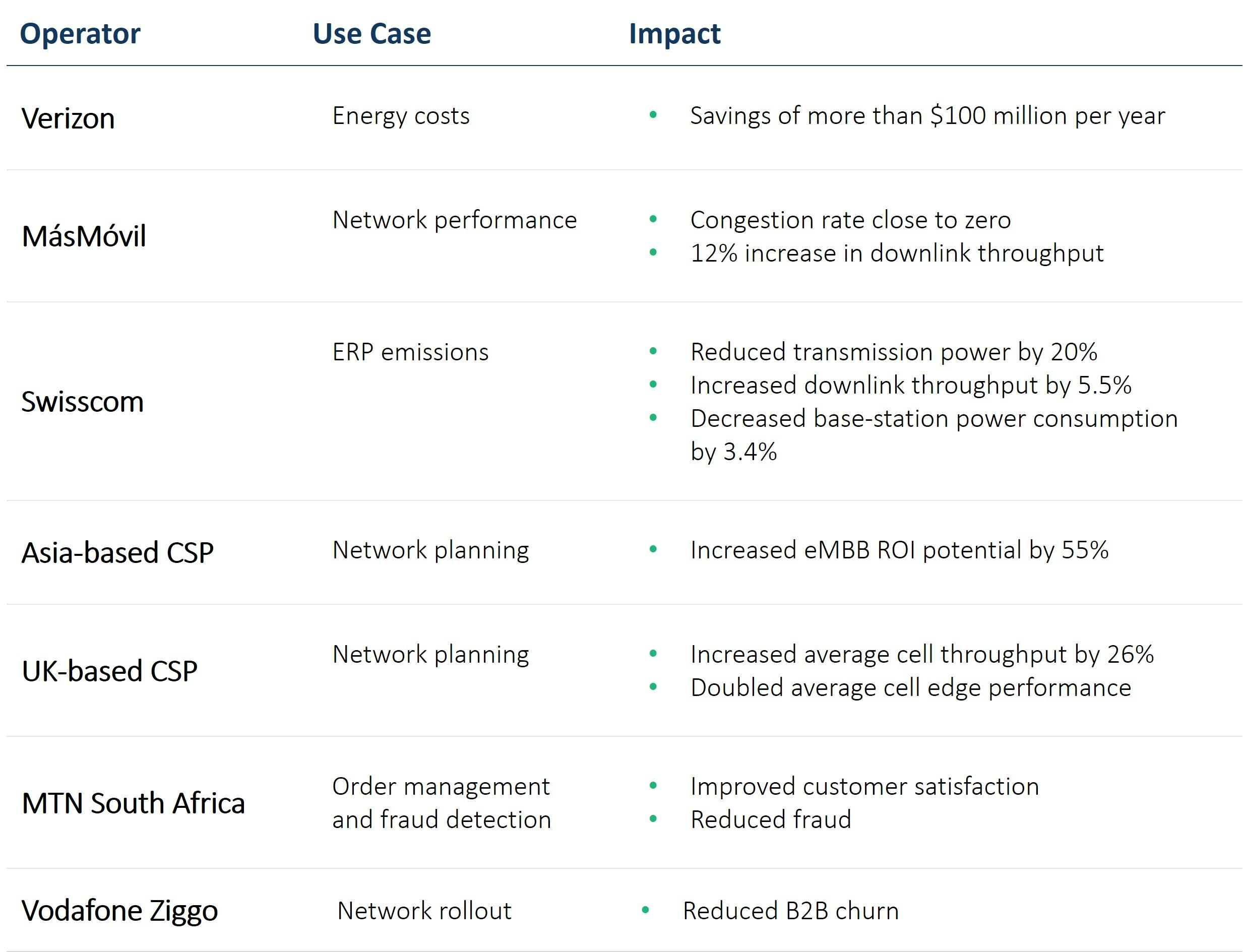Digital Twins: A Revolutionary Technology for Industry Transformation
Digital Twins: A Revolutionary Technology for Industry Transformation
Digital twins are virtual representations of a real object, process or system. Through a constant flow of data, digital twins can not only monitor but also mimic the real-time behavior and performance of the physical object they represent. The use of this technology in a variety of industries allows you to solve performance problems, predict outcomes more quickly and accurately, and design and build better products.
Digital twins vary in complexity; they can be as simple as a single machine part or as complex as an entire city. At the highest level, digital twins enable a two-way flow of data, leveraging IoT, artificial intelligence and machine-learning capabilities to optimize asset operations. According to Gartner, the digital twins’ market is estimated at approximately $9 billion and is expected to grow to $183 billion by 2031.
Applications in Different Industries
Some of the first and most established use cases for digital twins are in the manufacturing, automotive and aerospace industries, which still account for a large portion of the technology’s applications. Beyond these industries, use cases in energy, smart cities, healthcare and telecommunications have demonstrated the benefits of this technology.
Current Deployments of Digital Twins by Industry

Digital Twins for Power Generation
With increasingly stringent environmental and emissions regulations in many countries, utilities are turning to digital twins to increase efficiency and meet climate targets without large increases in CapEx, while meeting growing consumer demand. Digital twins were used by Italian utility A2A to modernize its Chivasso power plant, which had been closed due to outdated technology. By implementing a plant-wide digital twin, A2A was able to reopen the plant and achieve a 50% reduction in greenhouse gas emissions using real-time analytics and IoT data.
Smart Cities’ Digital Twins
Smart cities are a rapidly growing use case for digital twins. It is estimated that around 500 cities will have adopted the technology by 2025. Singapore was one of the early adopters of city digital twins through its Smart Cities initiative launched in 2014. As a comprehensive digital representation of the city fed by real-time data, the project aimed to achieve goals in five thematic areas: transportation, energy, safety, environment and resources, and city management. Researchers, government officials and city planners used the digital twin to pilot new urban developments, such as the rollout of rooftop solar panels to optimize deployment and enable predictive maintenance of the country’s power grid. The Singapore Land Authority also used digital twins to map all of the city’s roads, saving more than SGD 25 million, enabling shorter planning cycles, and producing more accurate data compared to traditional mapping and surveying techniques. In 2022, Vizzio separately launched a digital twin of Singapore using aerial imagery and AI to create a one-to-one and three-dimensional virtual replica of the city.
Digital Twins in Healthcare
Digital twins are not limited to inanimate objects or processes. Some applications of the technology have been seen in healthcare, where practitioners have developed several digital twins of the human body. These digital twins enable virtual testing of new drugs and procedures, speeding up lengthy clinical trials and reducing risks to patients.
Digital twins can help healthcare professionals deliver personalized treatments and increase drug efficacy. One such example is Oklahoma State University’s trial of digital twin-assisted aerosol drug delivery for lung cancer. The drug used to treat lung cancer must be precisely targeted because it is harmful to healthy tissue, meaning that traditional techniques can pose significant risks to patients. With a digital twin of a patient’s lung, researchers used complex fluid dynamics models to increase drug delivery efficiency from less than 25% to over 90%.

Use of Digital Twins in Telecommunications
The use of digital twins in the telecommunications industry varies in size and complexity, ranging from twins of individual towers or internal functions such as sales, operations and customer care to twins of entire networks. Examples of telcos that have implemented digital twins include Verizon, MásMóvil, Swisscom, Vodafone Ziggo and MTN.
Verizon
Verizon implemented a digital twin of its physical network assets as part of the company’s efforts to achieve net-zero emissions by 2035. The digital twin, based on real-time power consumption and network demand data, enabled Verizon to develop power consumption models to optimize energy costs and network performance. This allowed the company to quickly identify and address cell sites with higher-than-average power consumption, ultimately saving on power and maintenance costs. As of early 2023, Verizon claims that the implementation of the network digital twin has reduced energy costs by more than $100 million per year.
MásMóvil
MásMóvil used a digital twin to improve downlink speeds and customer experience in Malaga, Spain. The operator was able to simulate evolving traffic and train AI software to automatically make Remote Electrical Tilting (“RET”) adjustments in hundreds of cells across the city. MásMóvil achieved near-zero congestion and a 12% improvement in downlink throughput during the five-week trial.
Swisscom
Switzerland has strict regulations regarding the effective radiated power (ERP) of mobile networks, which can make network rollouts challenging. To reduce ERP emissions, Swisscom used a digital twin to optimize its 4G network in Ticino, which would then ensure adequate power levels for 5G network deployment. During the trial, which covered 100 cell sites, Swisscom was able to reduce transmission power by 20% while increasing downlink throughput by 5.5%, with an overall reduction in base station power consumption of 3.4%.
Operators’ Use Case Trials and Implementation of Digital Twins

MTN South Africa
MTN South Africa used digital twins for end-to-end order flow and management for post-paid customers. This allowed the telco to simulate potential customer order activity, optimizing efficiency and ultimately improving customer satisfaction. MTN is also using a digital twin to combat fraud. This is achieved by building a predictive model based on historical and real-time operational data. Combined with a machine learning algorithm, this enables MTN to automatically combat SIM swap fraud by detecting unusual customer behavior that may be indicative of fraudulent activity.
Vodafone Ziggo
As part of the telco’s “Go Digital” vision, Vodafone Ziggo implemented a digital twin to improve the customer experience through data-driven means. The operator used a digital twin in a B2B fiber rollout, where historical customer and network data helped model future demand. The technology also helped the operator limit churn by identifying service issues in real time, allowing it to take preemptive action to maintain a good customer experience.
The use of digital twins in the telecommunications industry has achieved the desired results, often saving time and costs. However, implementing the technology is not without its challenges, as it relies on large amounts of high-quality, interoperable and interpretable data, typically from multiple sources and in multiple formats. The complexity of digital twin models typically means that a lot of resources are required to implement a successful twin — something that requires a high level of stakeholder buy-in as well as the right talent to implement. Finally, the use of this technology also increases the need for strong security and privacy policies, as any twin that models consumer behavior relies on customer data.
The views expressed in this article are those of the author(s) and not necessarily the views of FTI Consulting, its management, its subsidiaries, its affiliates, or its other professionals.


